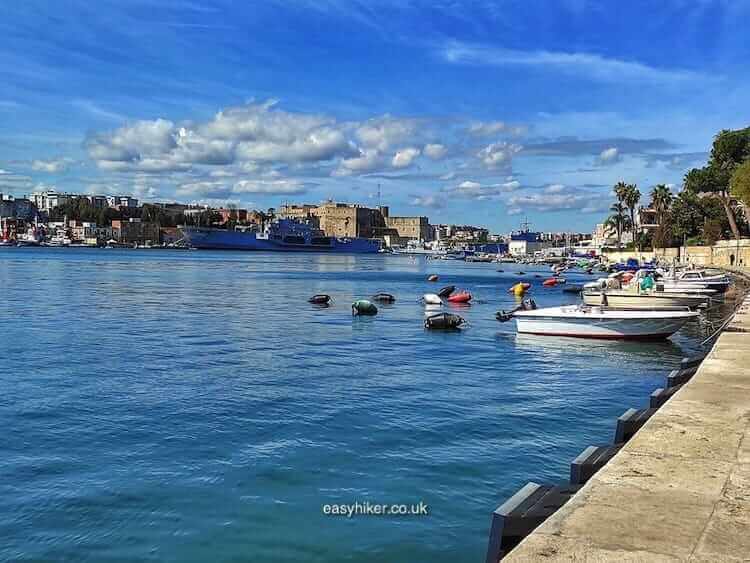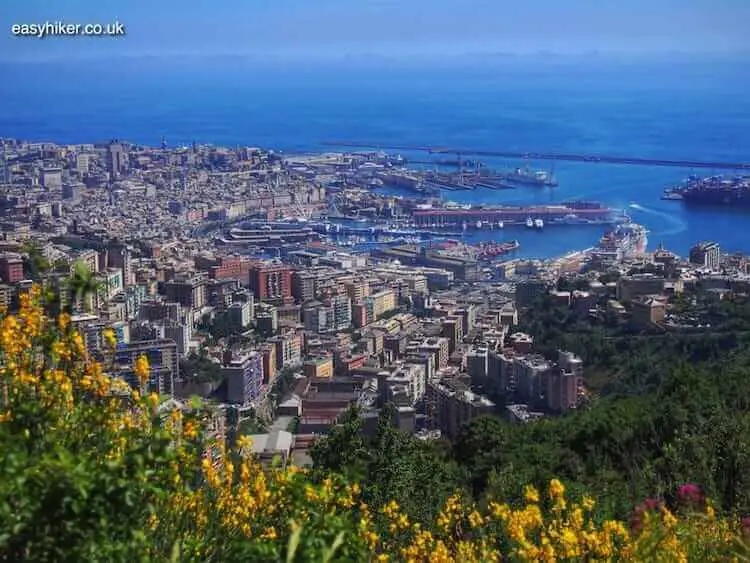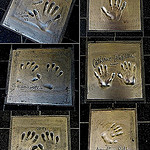Cordoba is the hottest city in Europe – no more than par for the course, you might say, considering its latitude and the absence of any natural source for cooling (such as the presence of the sea).
Cordoba, however, holds another distinction that may come as a far bigger surprise: it also was, albeit only for a few decades, the largest city in Europe and perhaps in the entire world.
Qualifications are necessary here, because it is impossible to say for sure how many people lived in Cordoba one thousand years ago when the city was the capital of the Muslim Caliphate of Spain – a large and powerful state that covered two thirds of the Iberian peninsula.
Most estimates hover around the mark of 400,000, but some go up to 1 million – which would mean that Cordoba not only surpassed Constantinople but also Baghdad and the urban conglomerates of medieval China.
Even at the lower estimate, in any case, you would need to wait until the 17th century before finding a city in Western Europe even coming close to that figure. For 200 years at the end of the first millennium AD, Cordoba was the most populous and most glamorous place in all of Europe west of Constantinople. Nobody had seen anything like it since the fall of Rome.

The Story of Cordoba – 1000 Years of Conflicts and Coexistence
It took centuries to build up Cordoba’s glories, but only a few years to bring it all down. Civil war broke out in the early 11th century between various Muslim warlords, Cordoba’s years of bliss came to an end, and within a few decades, the city shrank to one tenth of its former size. Only the city centre was spared the destructive rage of Cordoba’s conquerors.
In the old town, the ancient street patterns have survived to this very day …
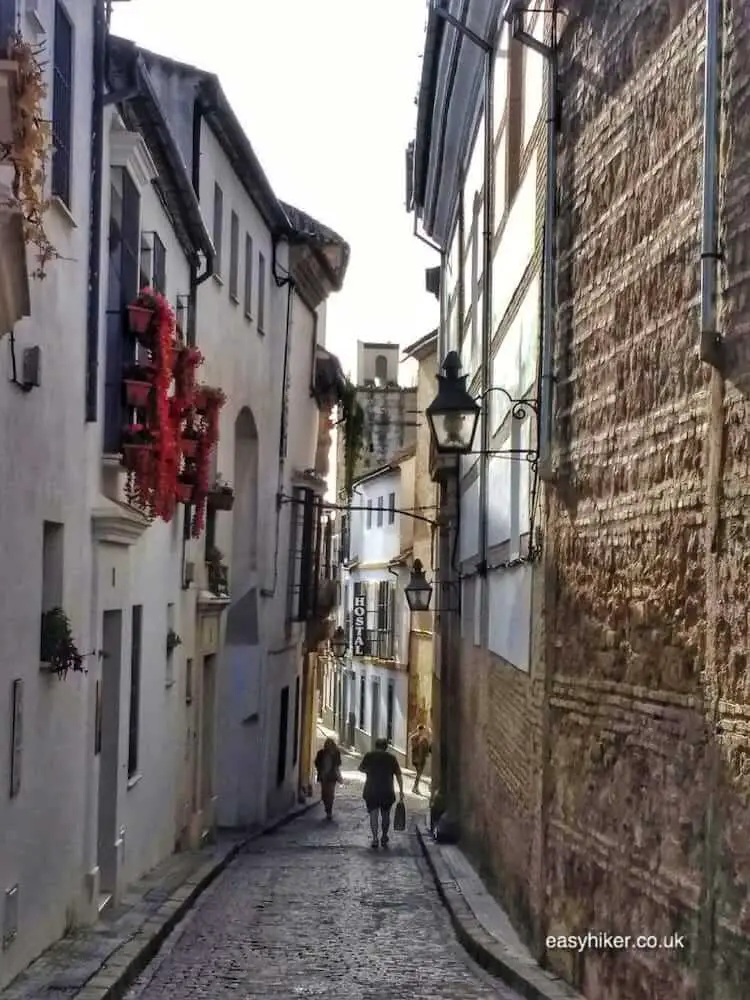
… particularly in what was once the Jewish quarter, while the urban fabric itself has been imaginatively restored. It seems unlikely, after all, that the 10th century Calle de Flores ever looked like this.
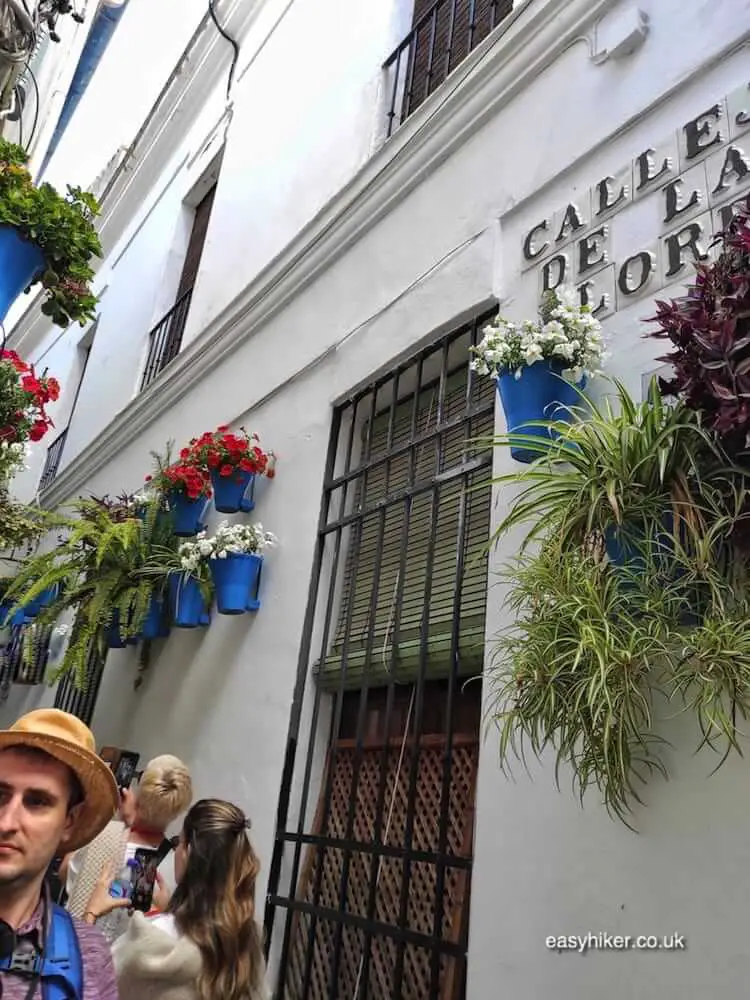
(At the very least, there would have been fewer tourists then. And fewer selfies taken.)
If you believe the tourism brochures, medieval Spain was a place where people from different backgrounds and with different beliefs lived happily side by side. The reality, however, was a little more complex.
Coexistence there was, surely, but peaceful it was only as long as the Umayyad dynasty marshaled the ethnic diversity of its Empire with an iron fist. In fact, the Umayyads themselves had destroyed the first Jewish quarter in 711 before discovering what value the Jews could offer to their rule with their expertise in administration, philosophy and medicine.
As soon as the Umayyads lost their grip in 1013, all hell broke loose (most Jews were massacred or kicked out), and when the Almohads took over 100 years later, even the most respected Jews such as the philosopher Maimonides had to leave.
300 years of integration, however, came at a price, and the Jews did not develop a vernacular architecture that could be clearly identified as their own.
Today, you can walk in and out of the Jewish quarter without noticing that you have crossed a frontier – if ever there was one. (Ghetto-style enforced curfews and yellow caps were the invention of other countries and later centuries.)

The Muslims, by contrast, may also have been forced to leave (after the Spanish conquest of Cordoba in 1236) but – in a way – never really went away: their presence still hovers everywhere above the town.
The Muslims left behind their architecture, …
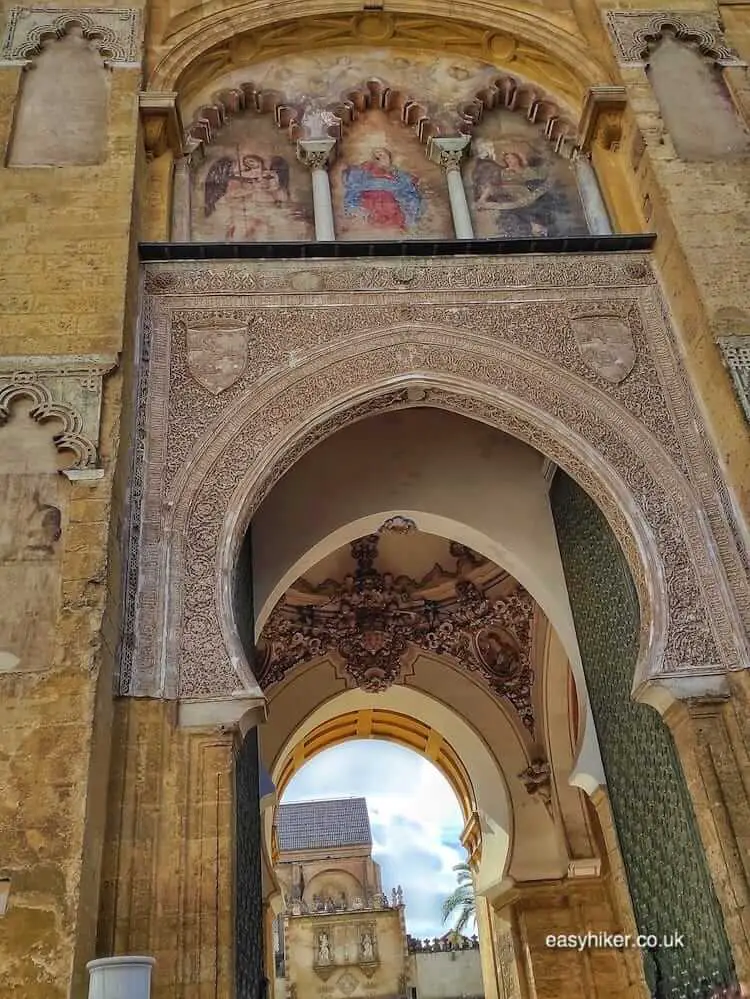
… and their style of decoration not only thrived after the Catholic reconquest (under the label of Mudejar art) …
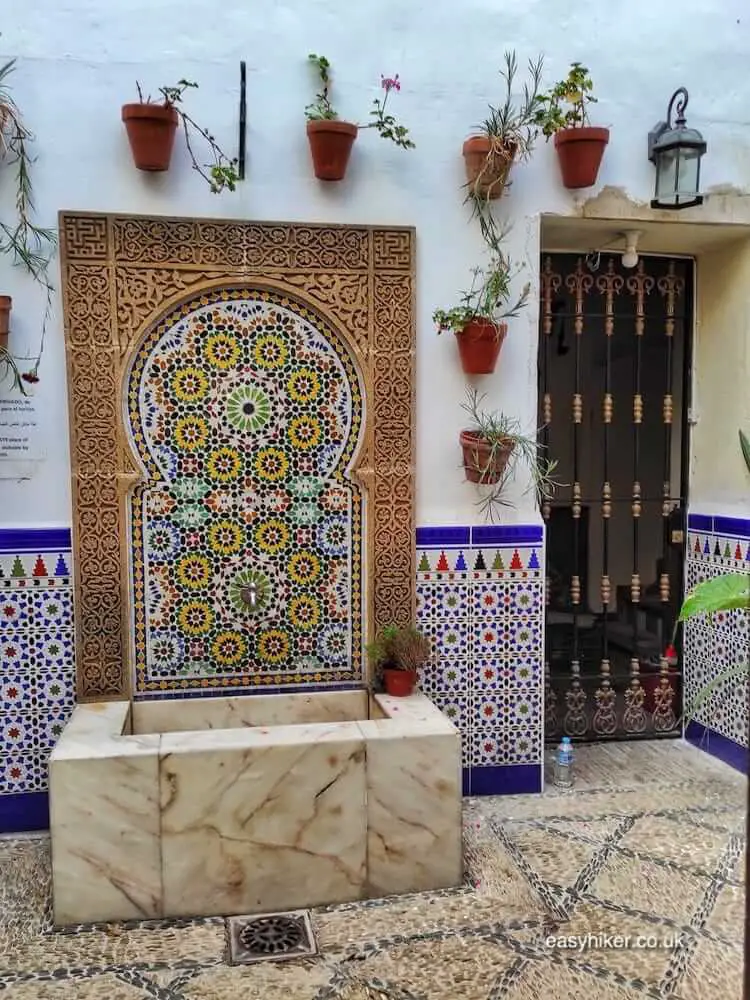
… but can even be recognized in relatively modern interiors, where rich and abstract ornamentation contrasts with austere surfaces and a feel for the importance of empty space.
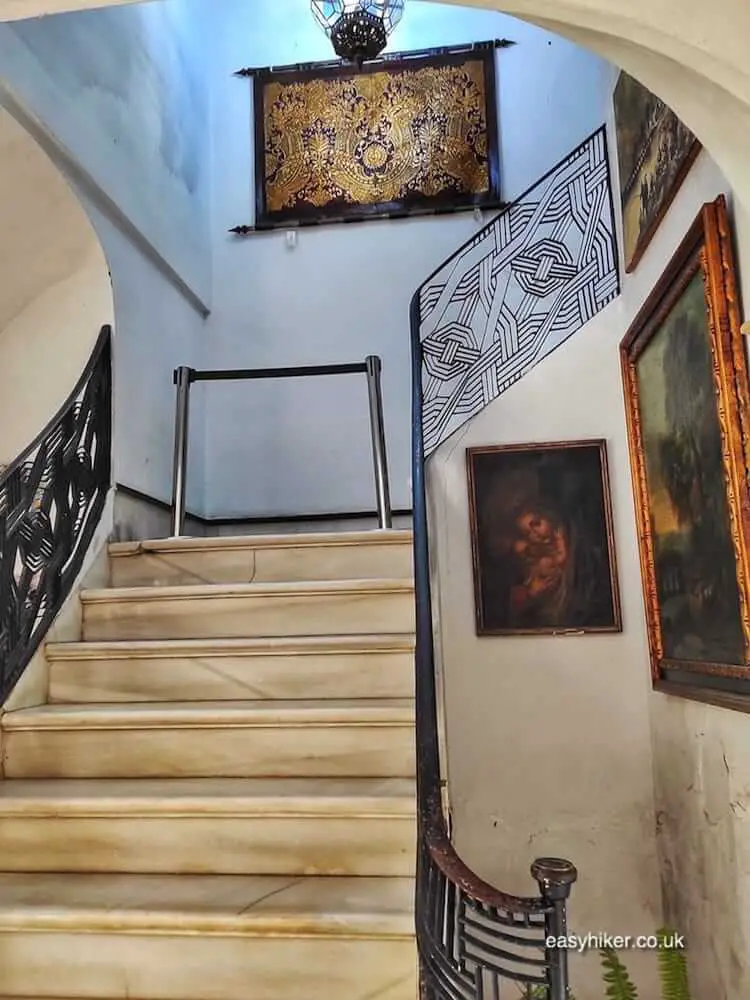
The undisputed jewel in the crown of Cordoba’s Muslim art is the Mezquita, the Mosque that the Muslim conquerors built and extended from the 8th century onward.
In 2007, the Mezquita received the largest number of votes in the nationwide contest to find the Twelve Treasures of Spain – easily beating “minor” attractions such as Barcelona’s Sagrada Familia and the prehistoric paintings in the Altamira caves – and can therefore lay claim to the unofficial title of the country’s ultimate National Treasure.
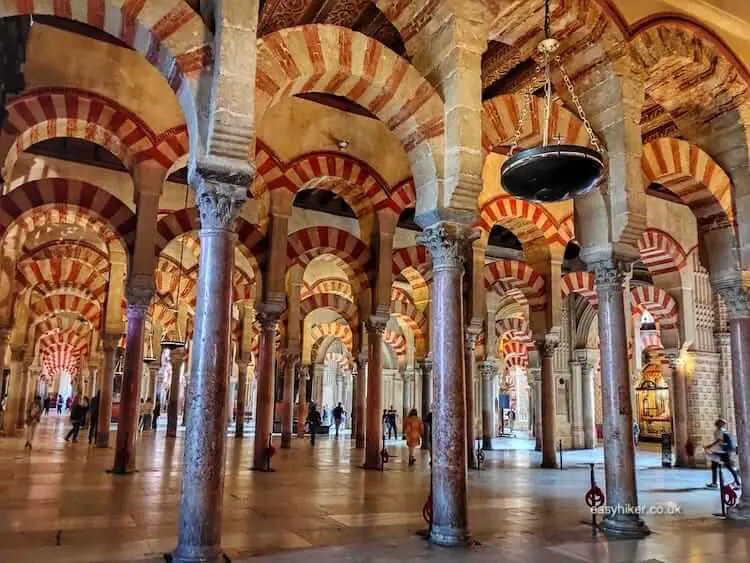
Its beauty even managed to dazzle King Ferdinand who, after personally conducting the successful siege of Cordoba in 1236, did not order to raze the city’s most prominent Islamic building to the ground. It was decided instead to convert the Mosque into a Catholic Cathedral.
For 400 years after that, the Mezquita, renamed the Cathedral Of Our Lady Of The Assumption, underwent few significant visual changes – any new features were executed in the Mudejar style.
But in the 17th century, the local bishop insisted on adding a more obviously Catholic nave …

… against, interestingly enough, the express wishes of the local city council.
Even the Spanish king, Charles V, it is said, was displeased with the result and blamed the local clerics for “having destroyed something that was unique in the world”.
Ultimately, of course, they did nothing of the sort – and only succeeded in adding one more note to the Mezquita’s symphony of dissonant cultural motifs.

The Meqzuita will also serve you as the perfect starting point for a wider exploration of Cordoba’s sights and attractions – which is why, if you travel to the city by train, we suggest you make your way directly to the old town, passing through the modern city centre and the Plaza de las Tendillas.
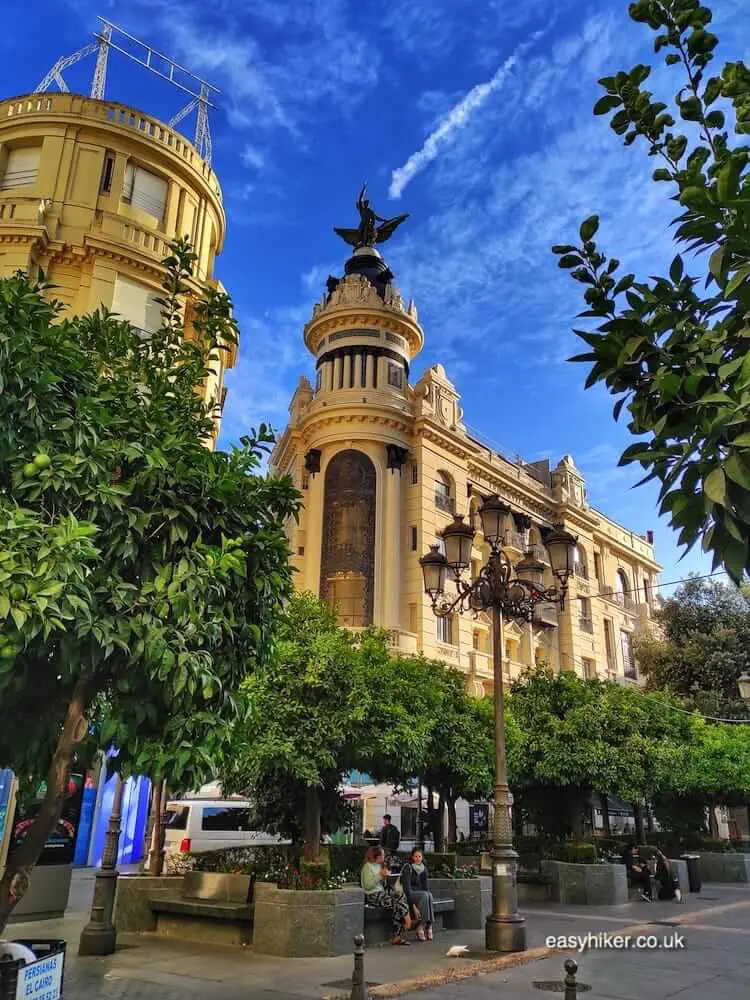
This is only a short walk, and since the old town itself is beautiful but also relatively compact, …
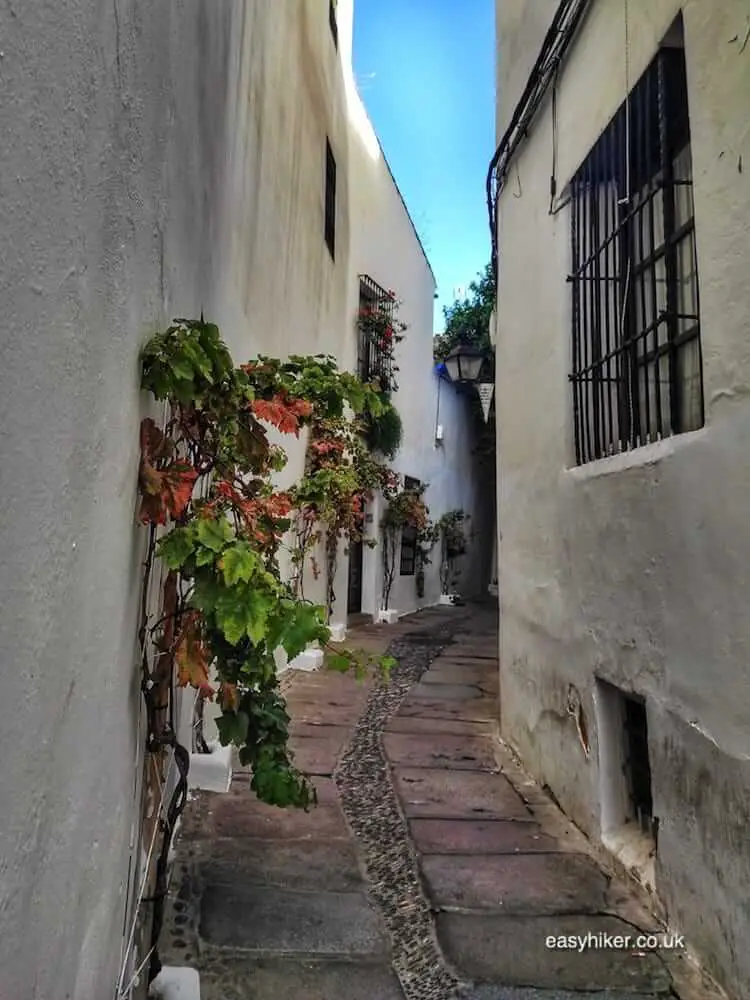
… you should – if your legs still feel restless – consider a stroll by the banks of the Guadalquivir.
Cross the river behind the Mezquita via the Roman Bridge …
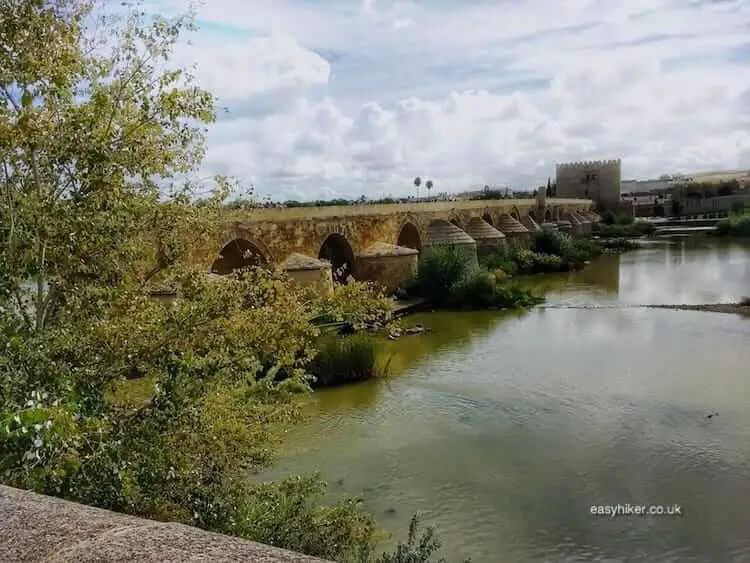
… for a look at less celebrated but equally ancient structures: the oldest of the altogether twelve flour mills that line the Guadalquivir were constructed 1000 years ago. Some of these ancient mills were still in use by the 1940s.
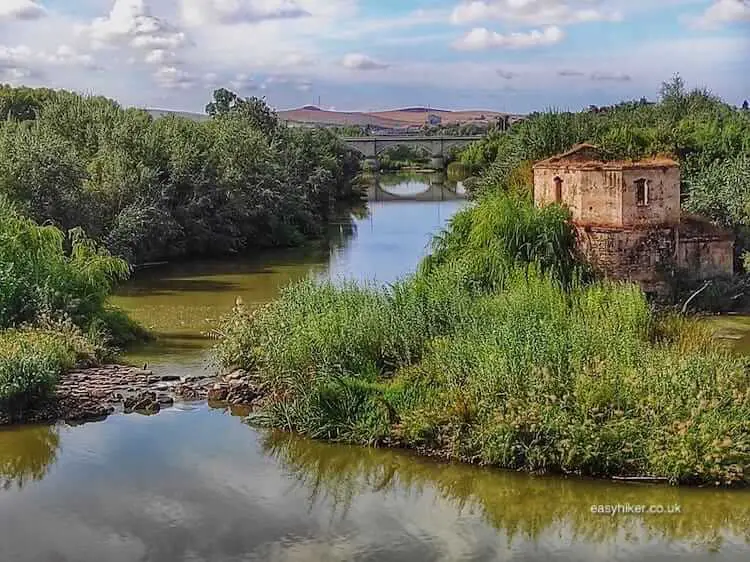
Cordoba may be a city where the Arab influence is still very much alive, but in one respect, the town stands as an emblem for Spanish customs and culture: bullfighting has a long tradition in town, and the statue erected to commemorate the legendary Manolete, a local boy and one of the most beloved bullfighters of them all, gives you an idea of the intensity of the local passion for this ancient practice that neither the Muslim conquerors nor the Catholic Church could eradicate.
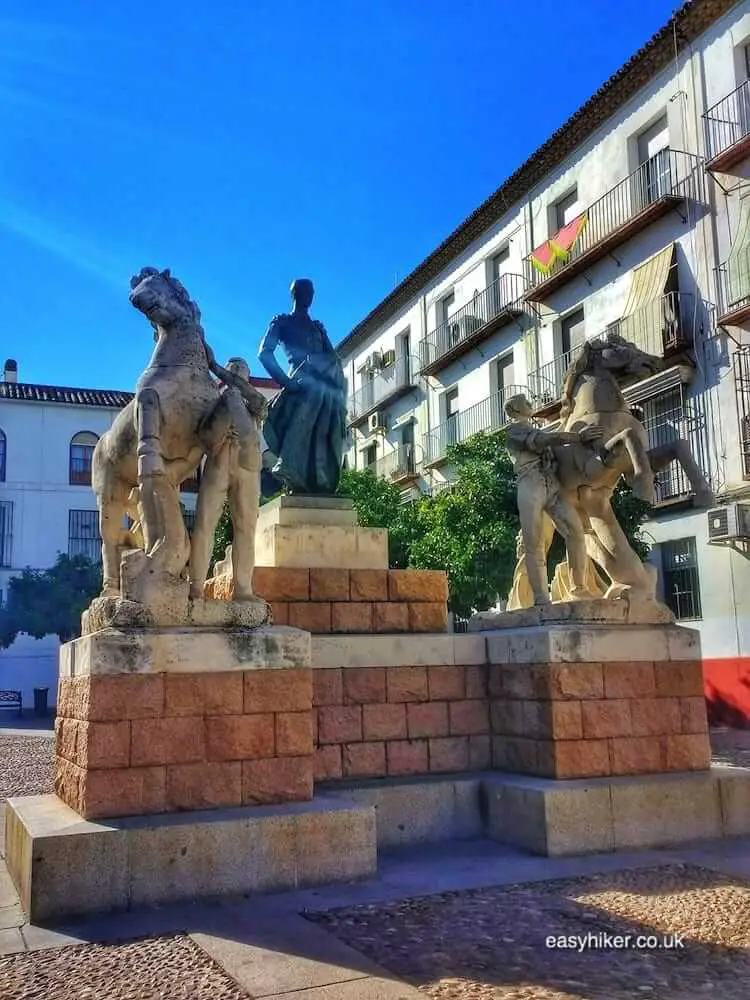
Go and have a look at the memorial for yourself – it stands on Plaza del Conde de Priego, near the Palacio de Viana.


